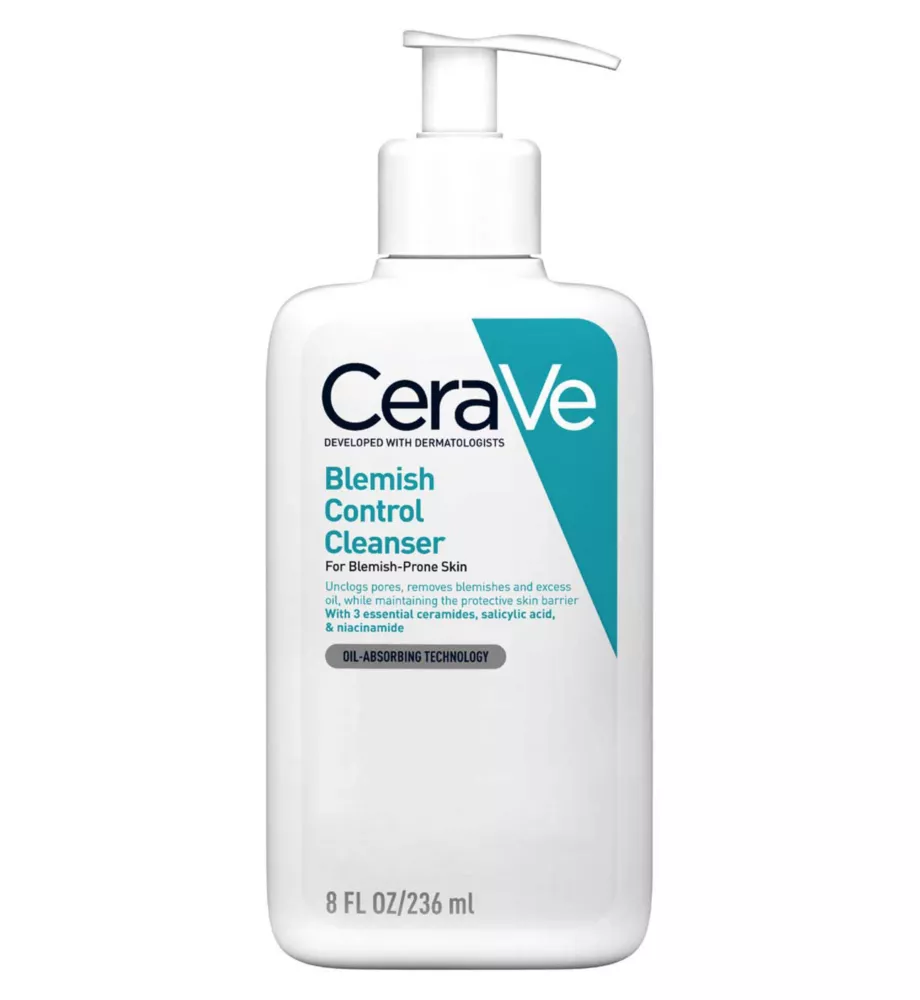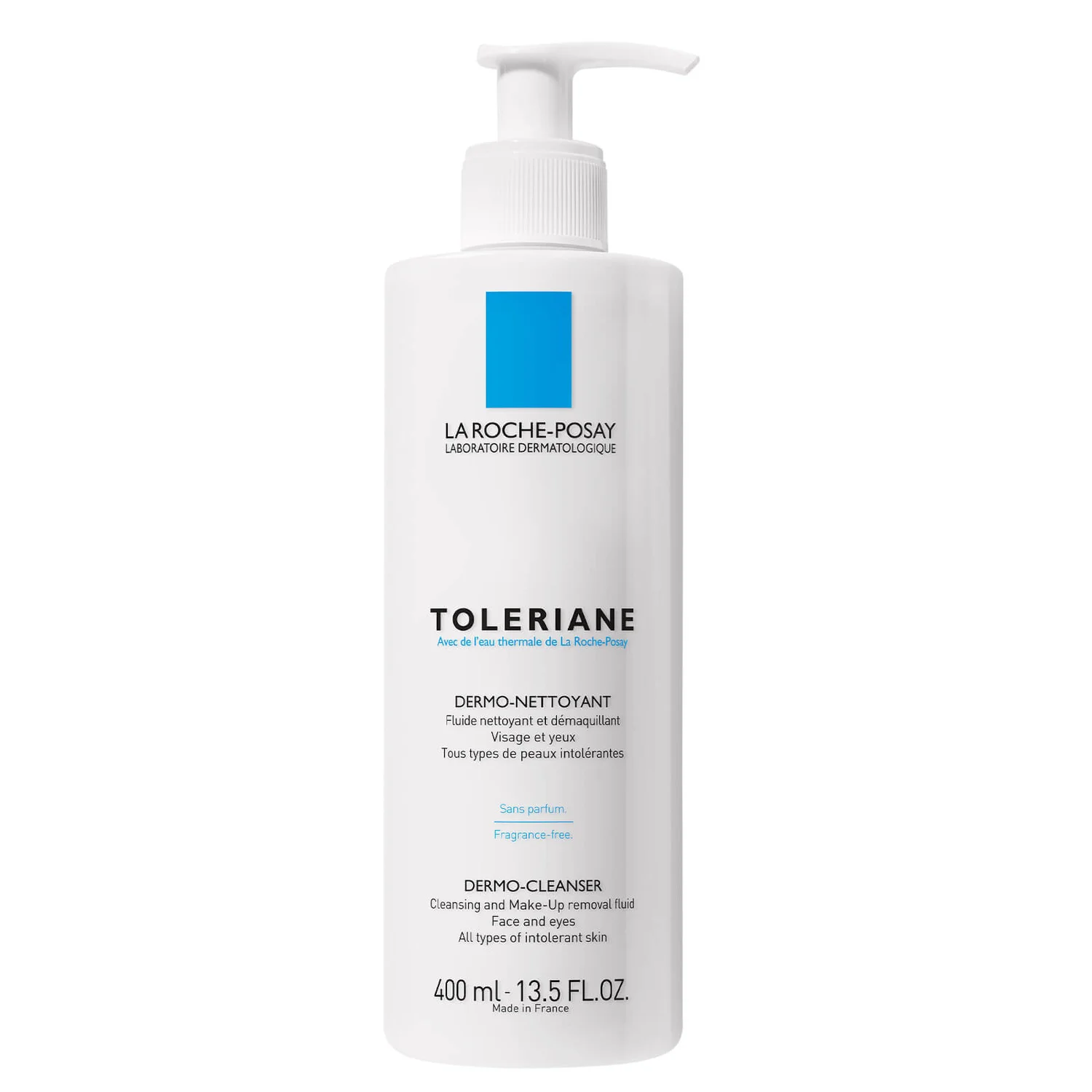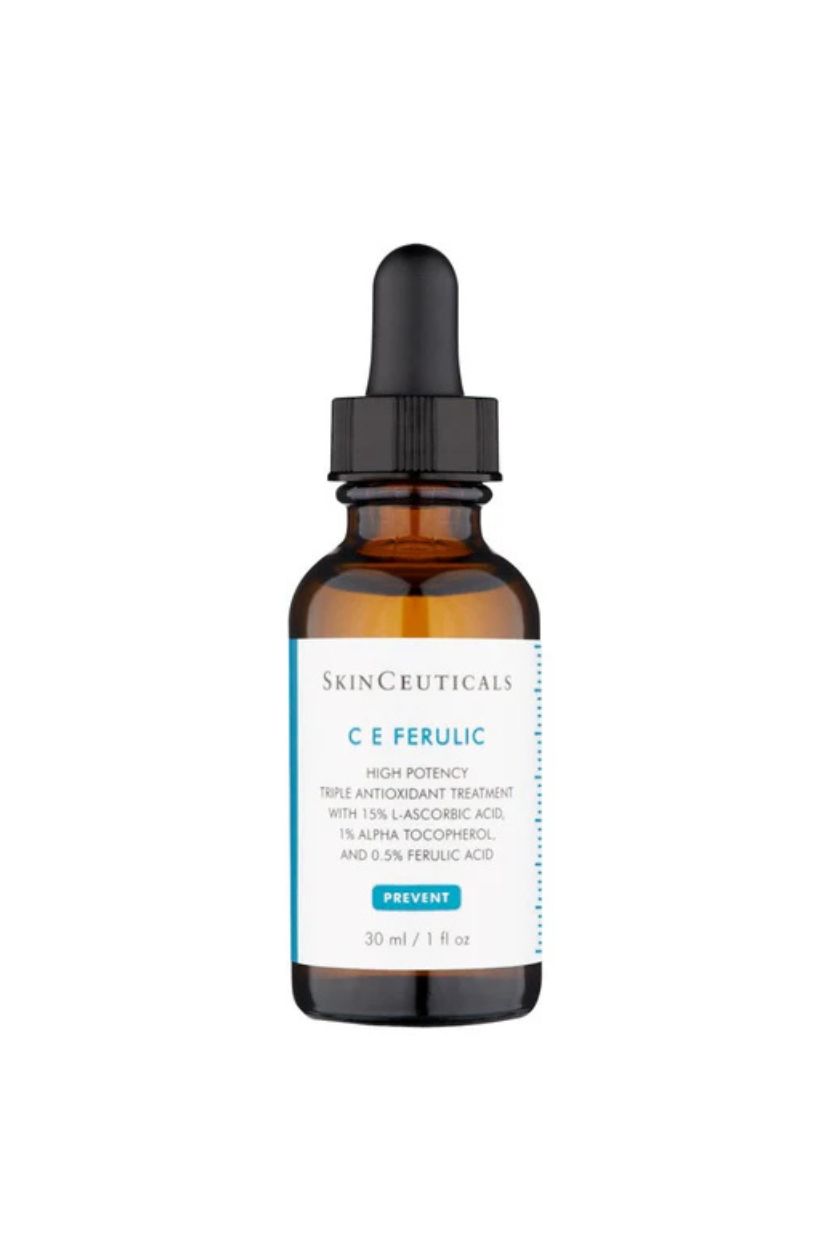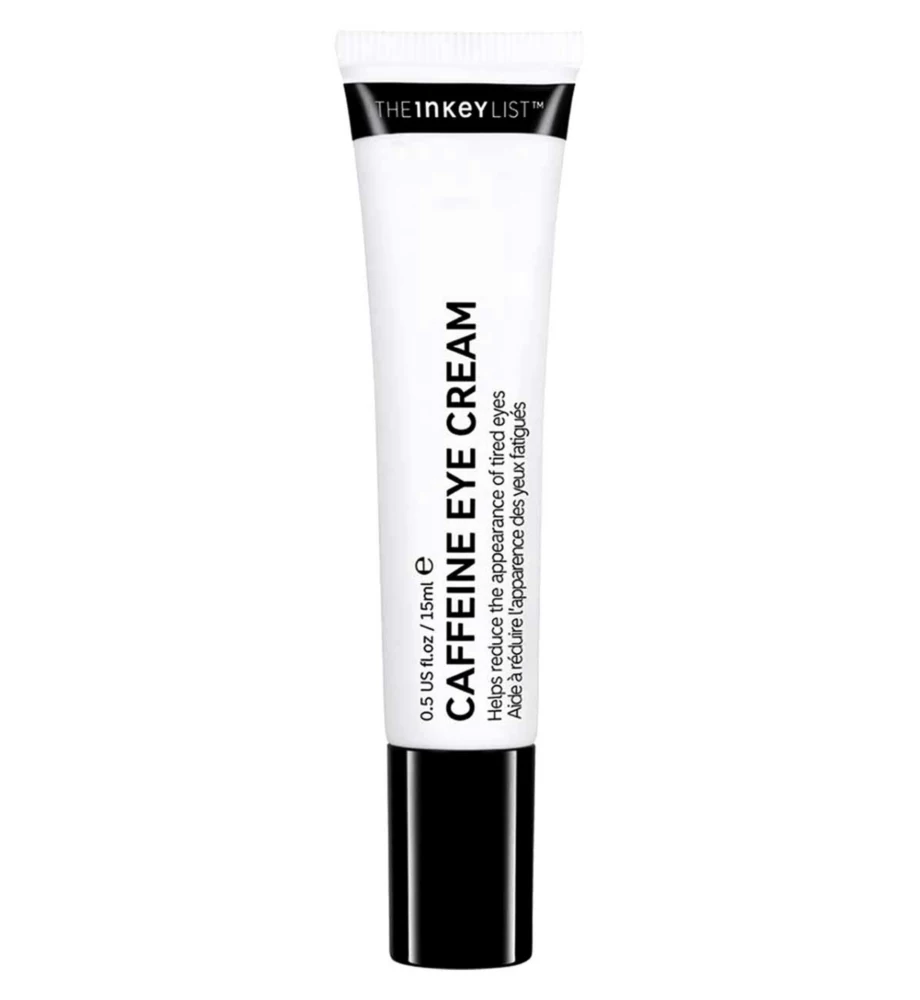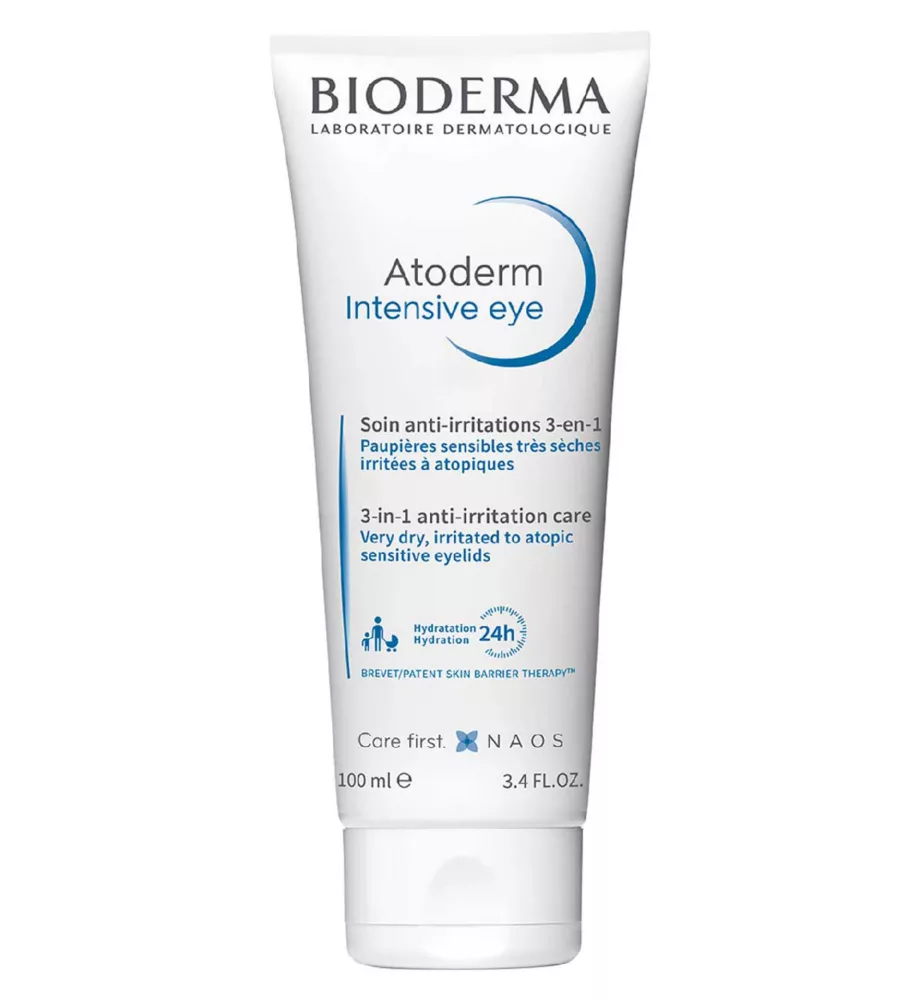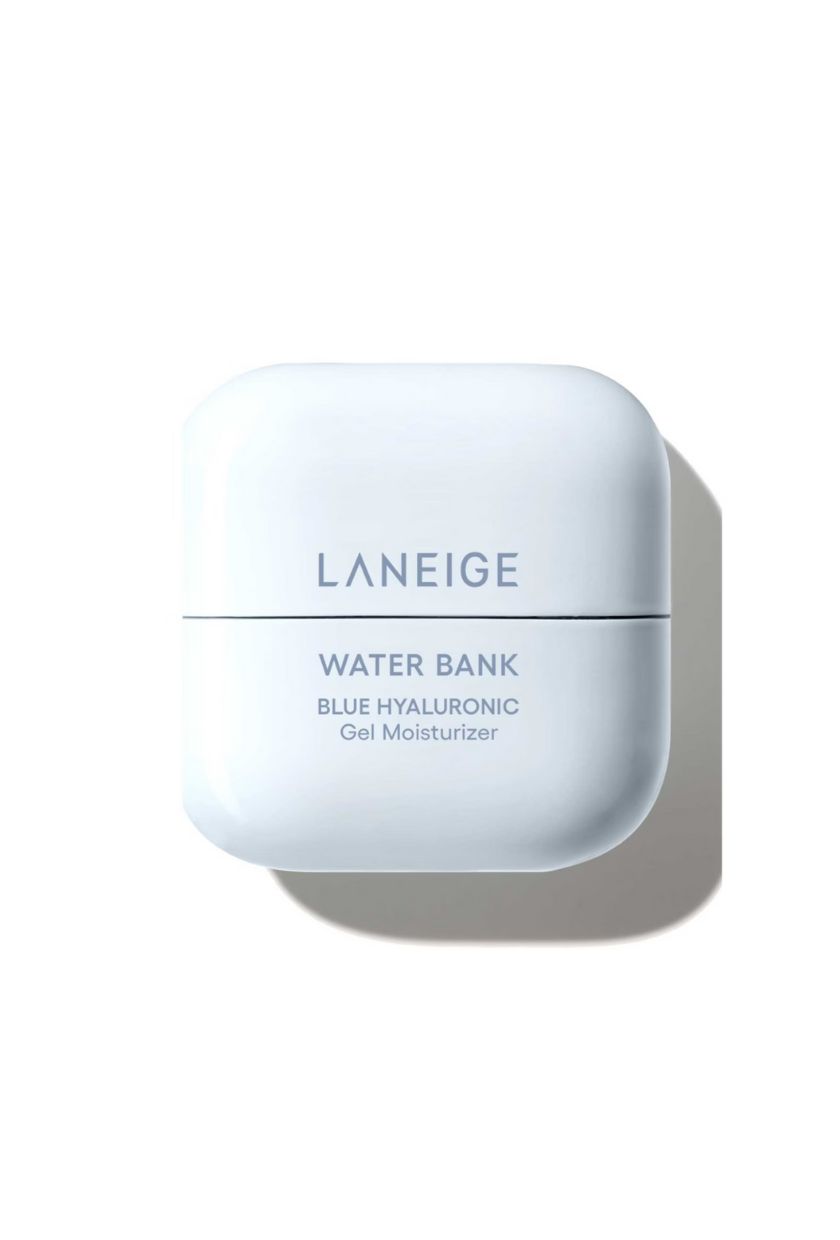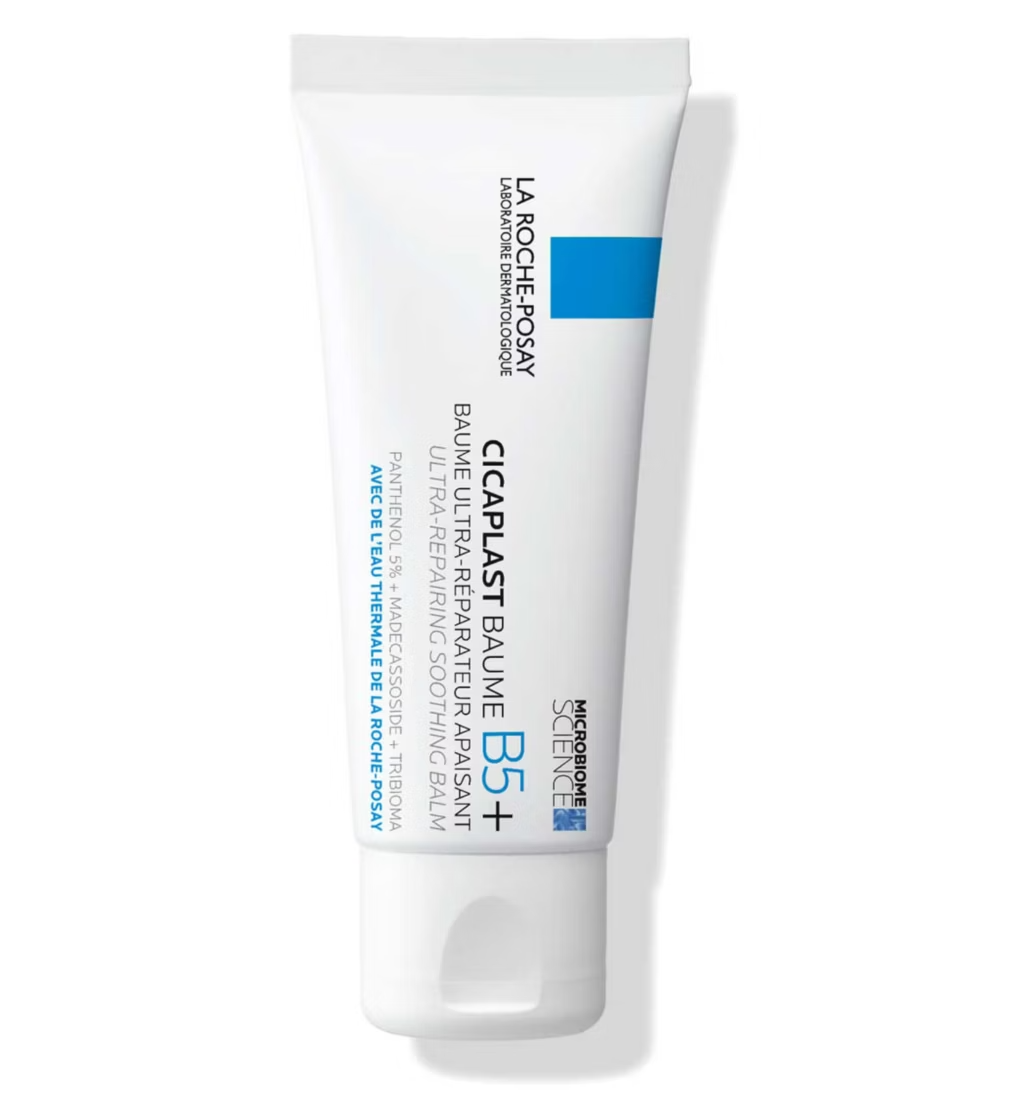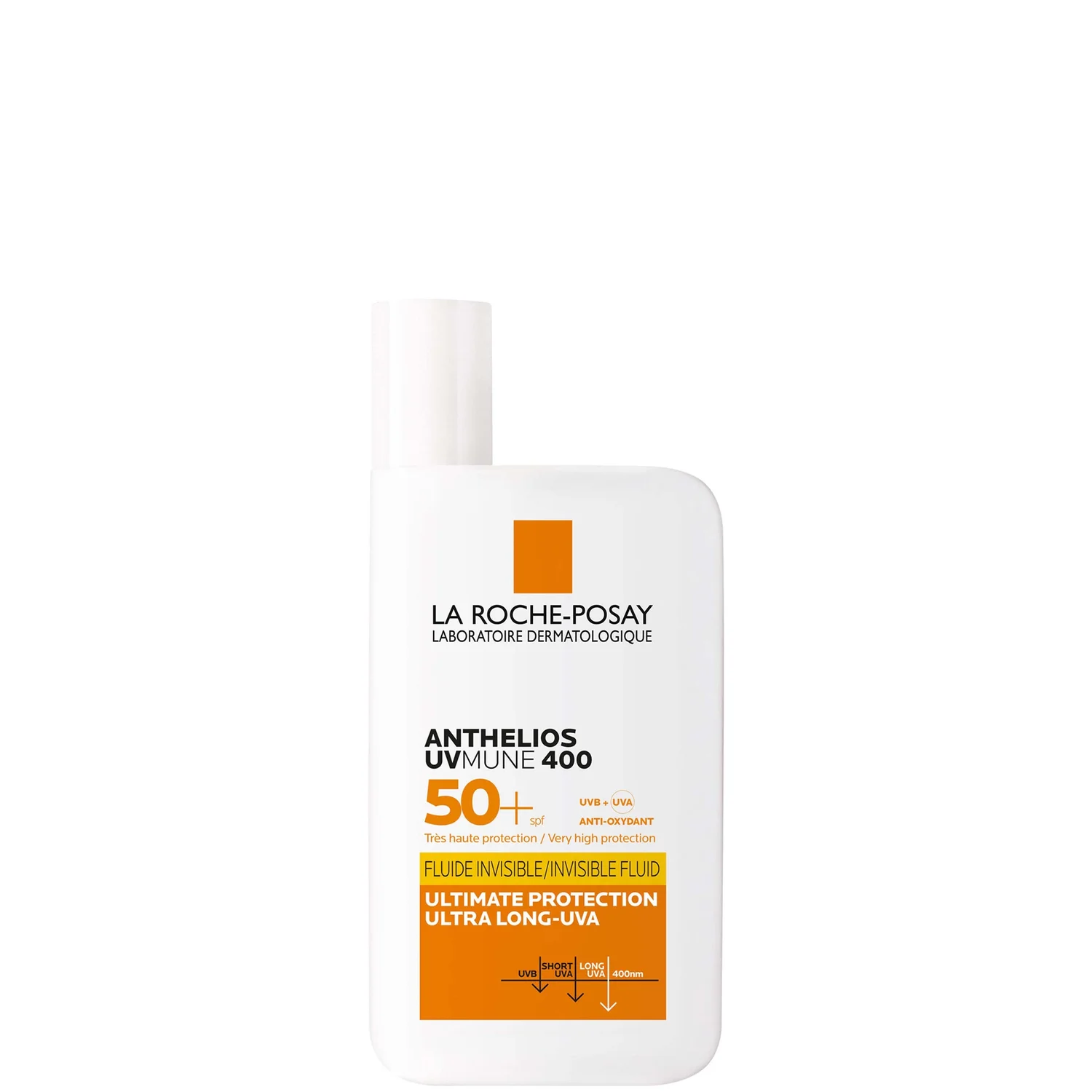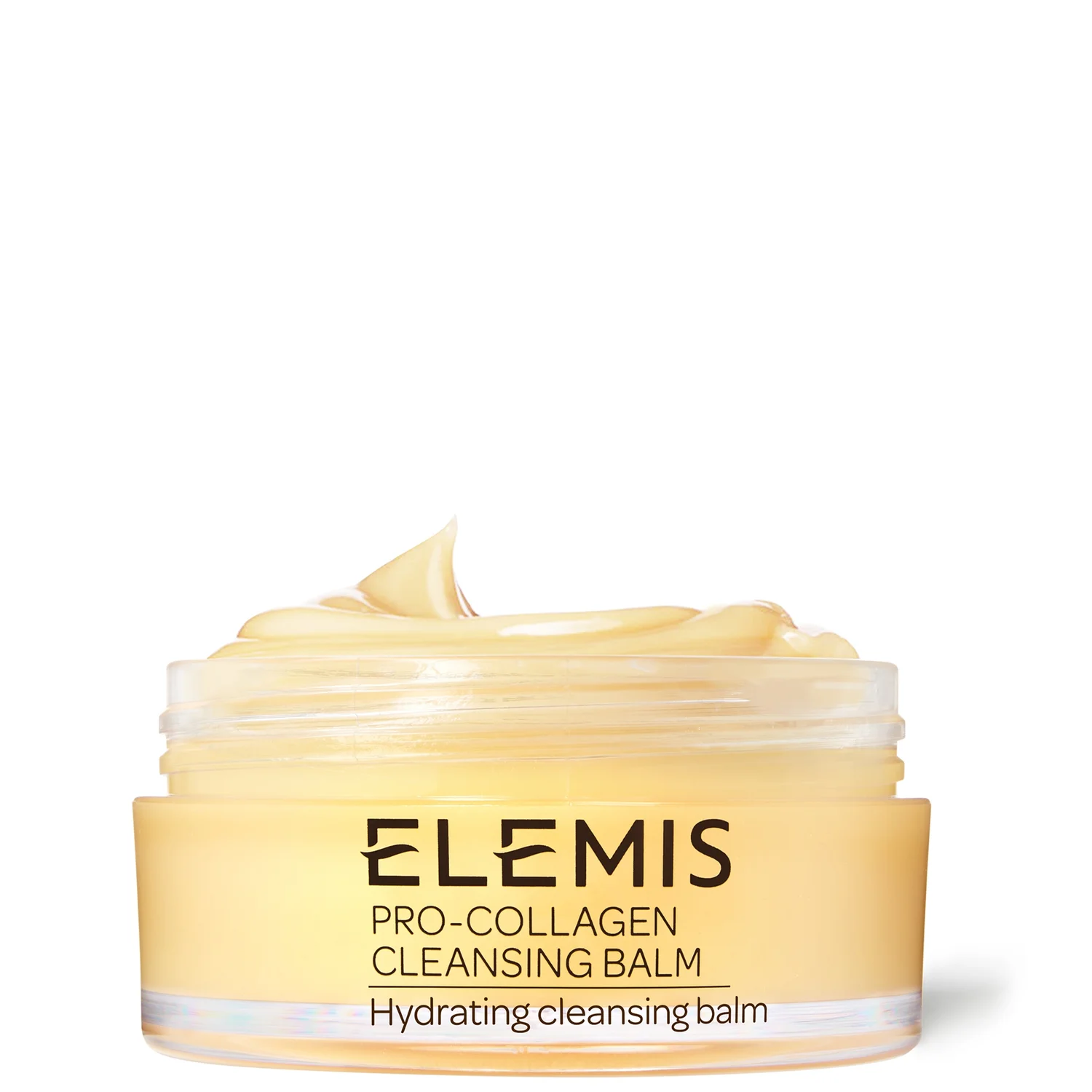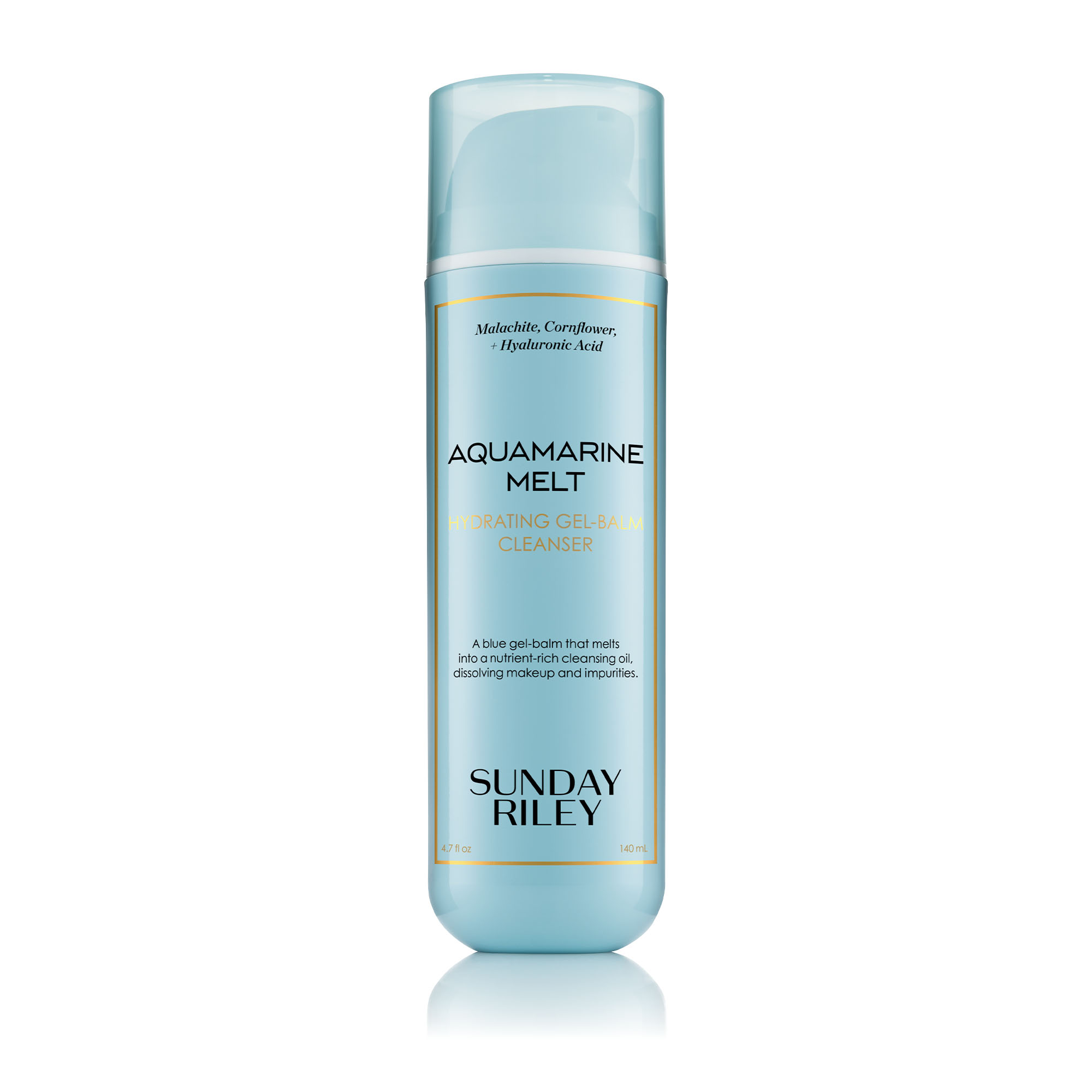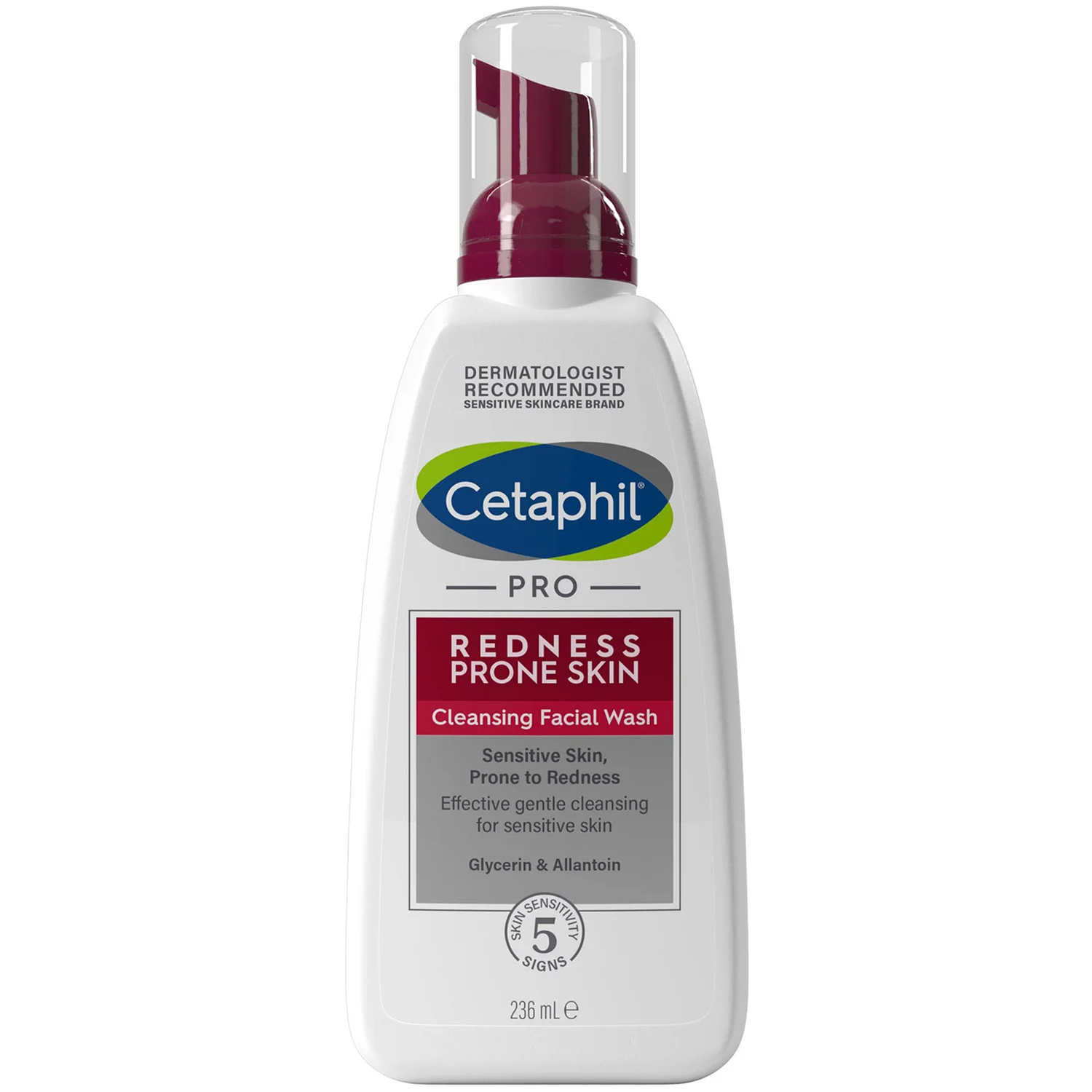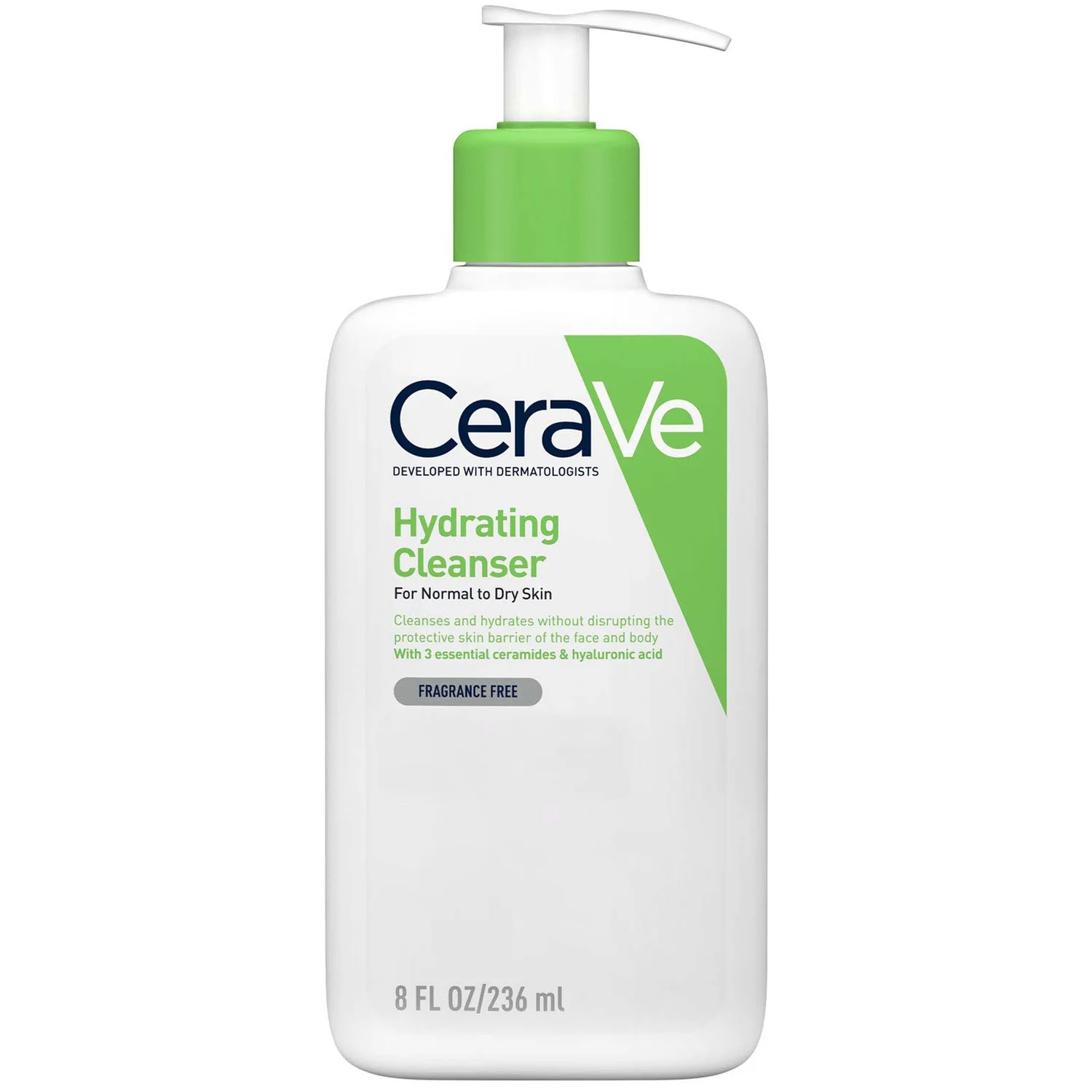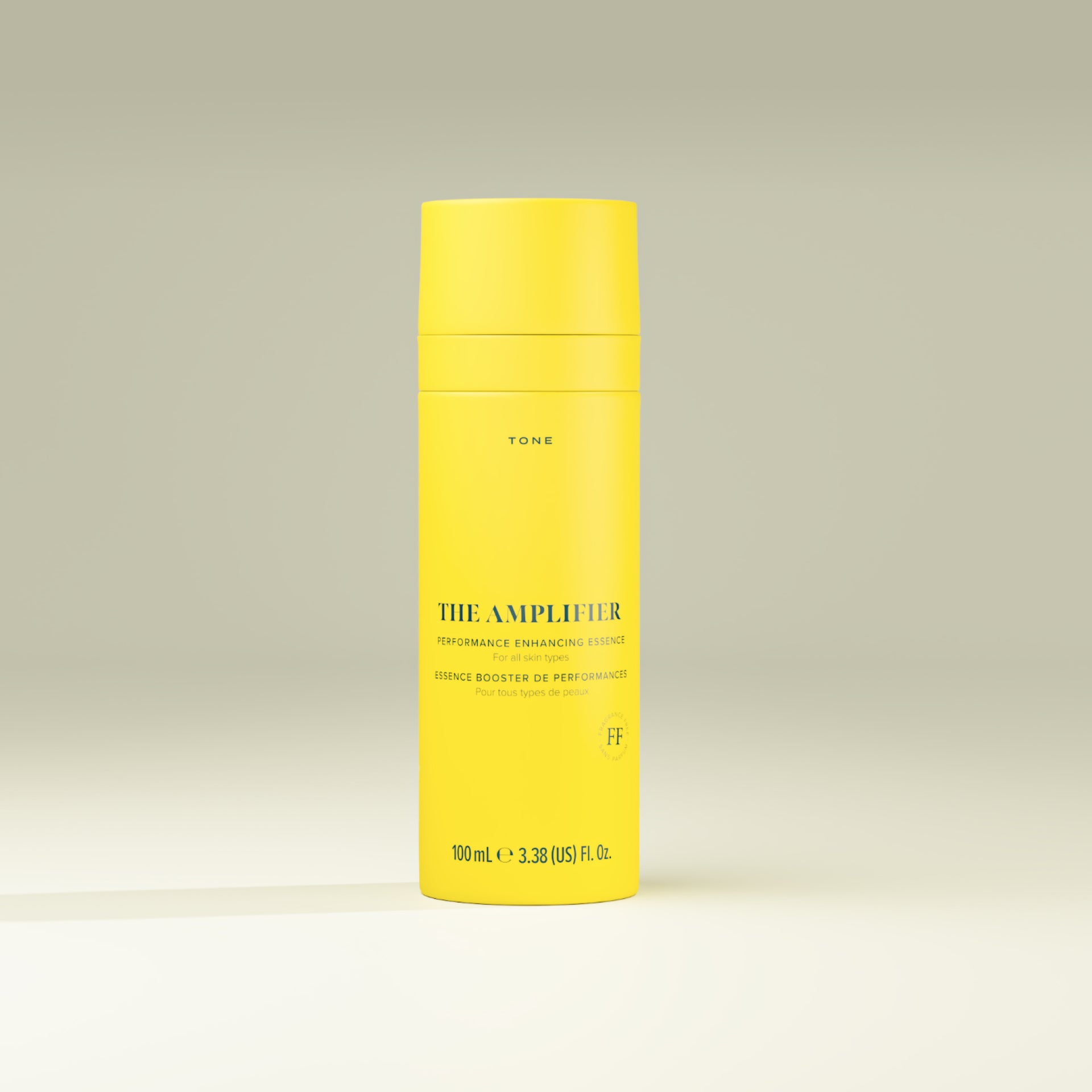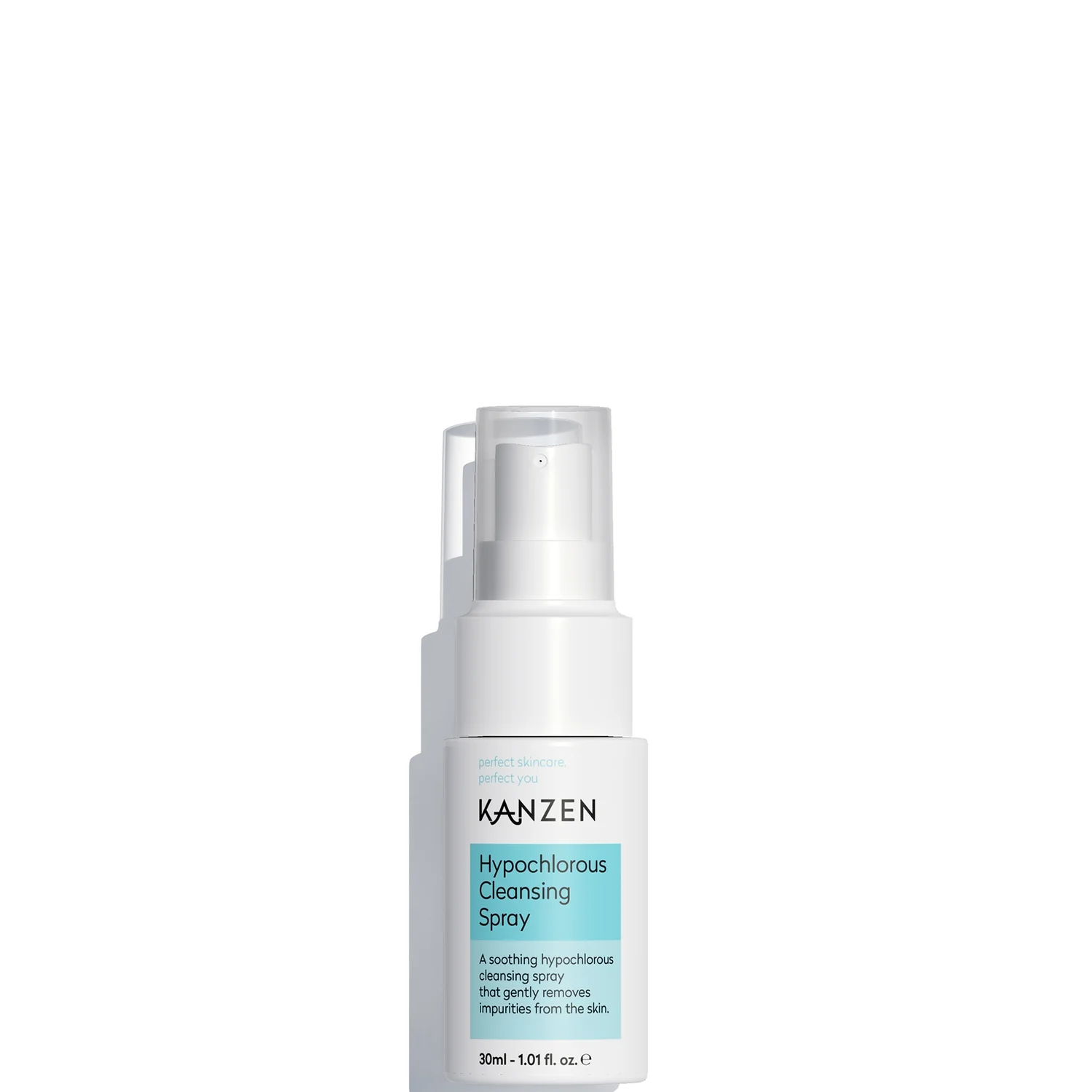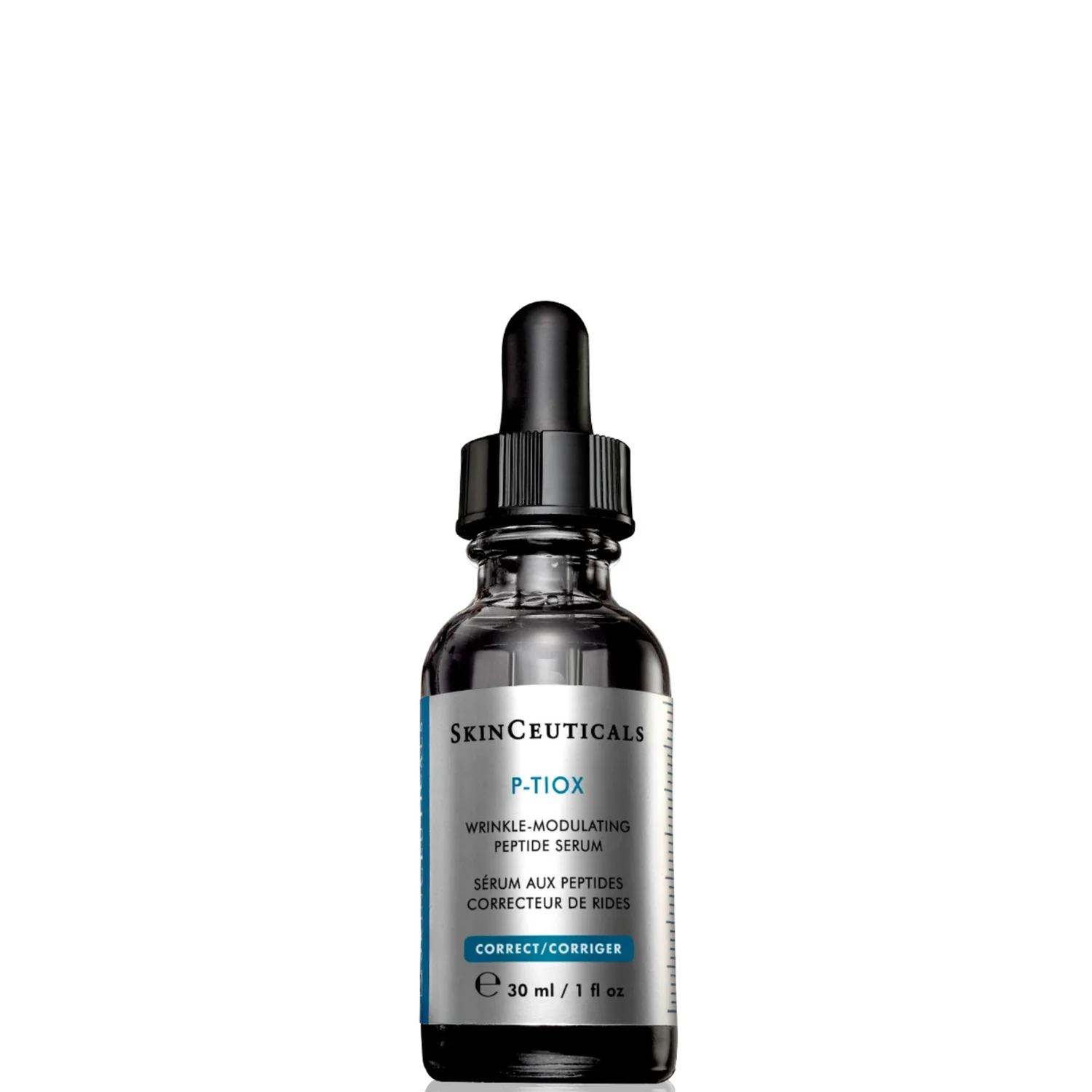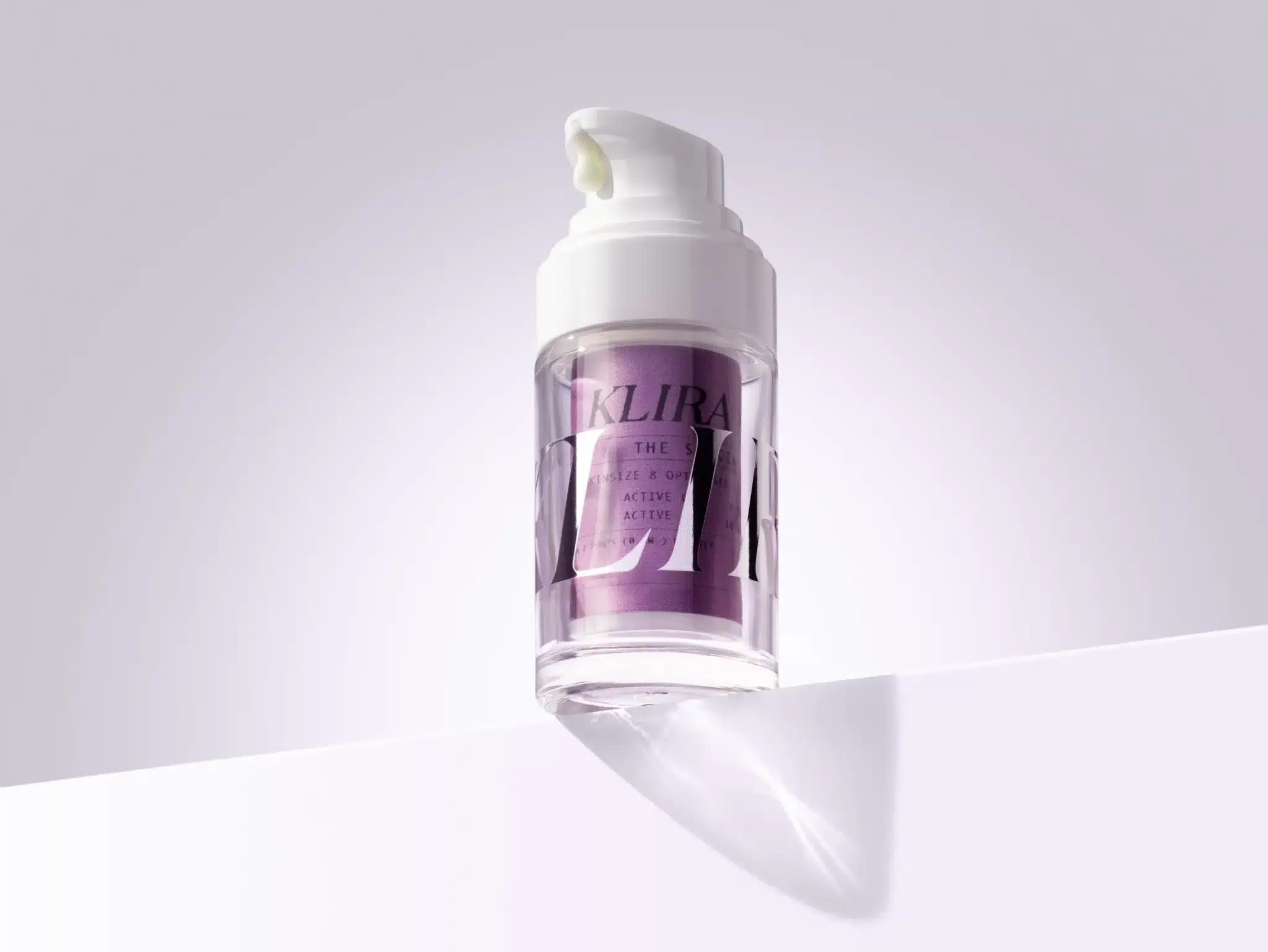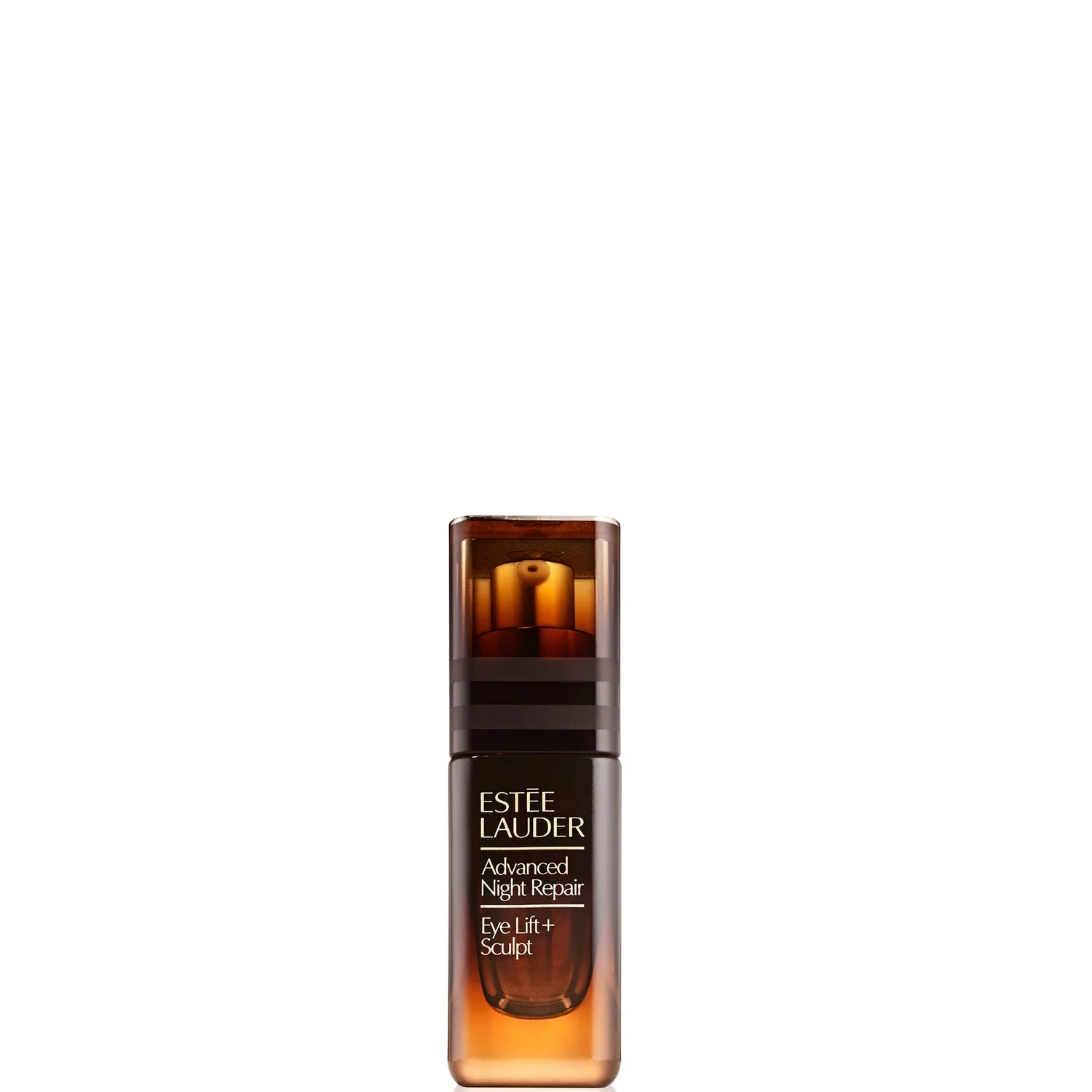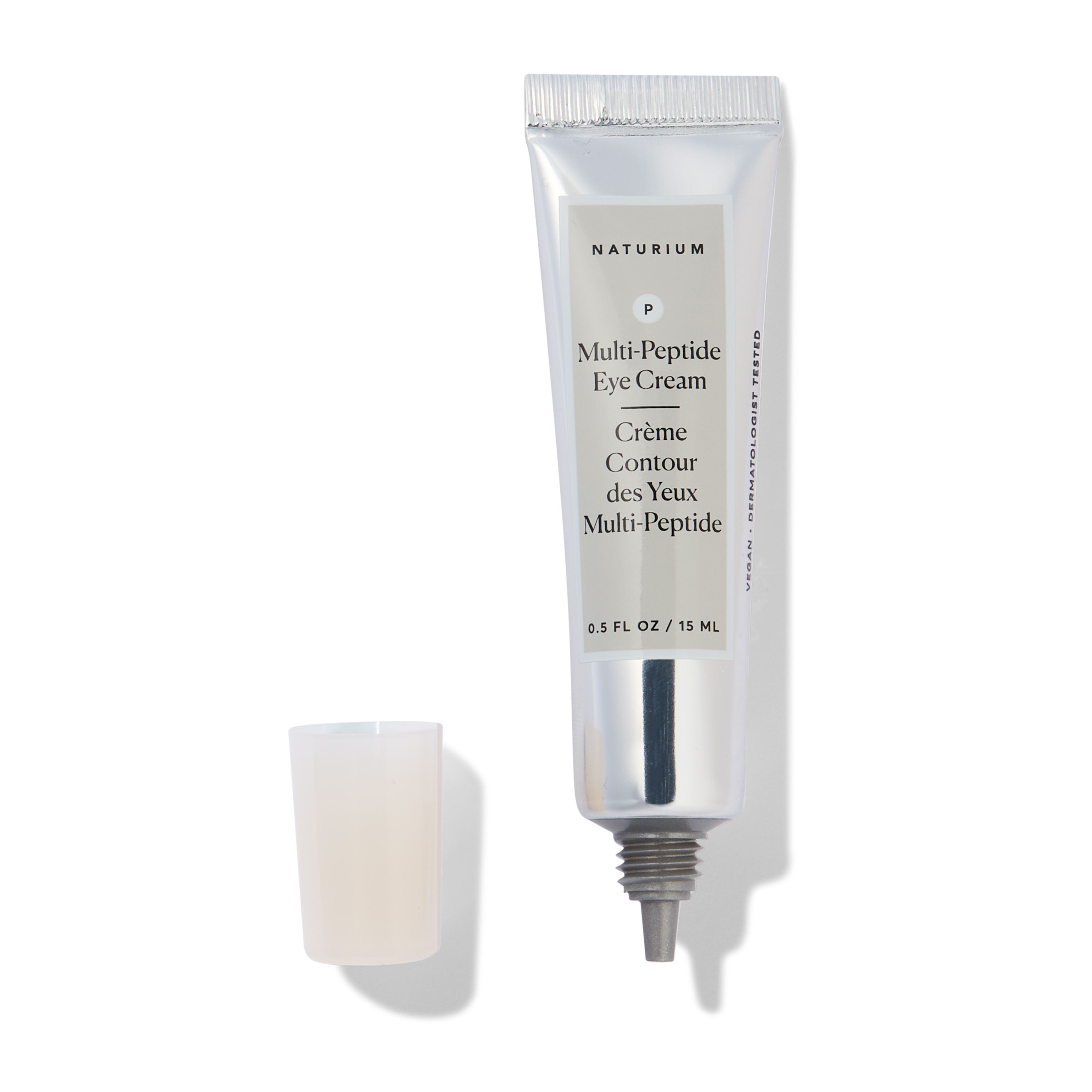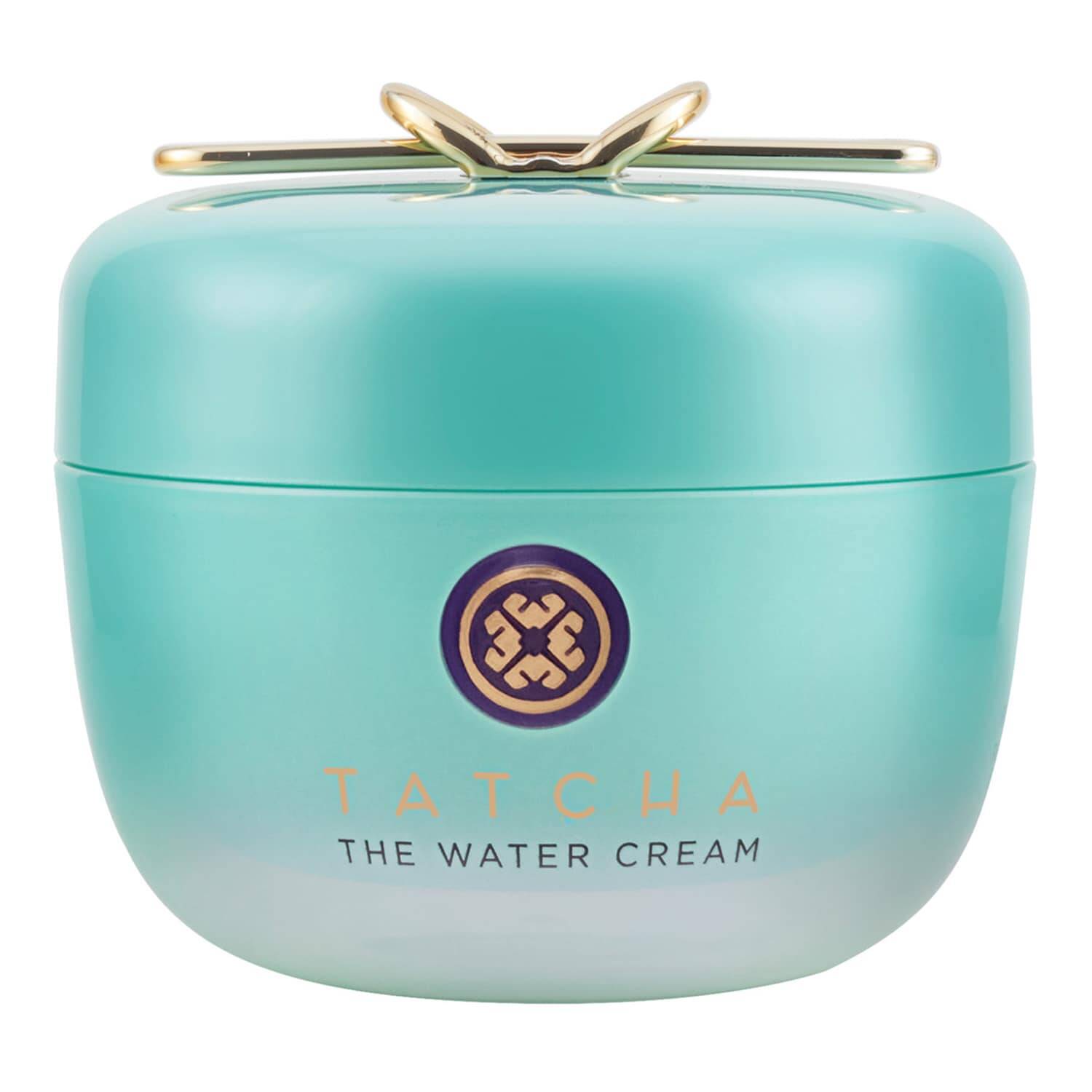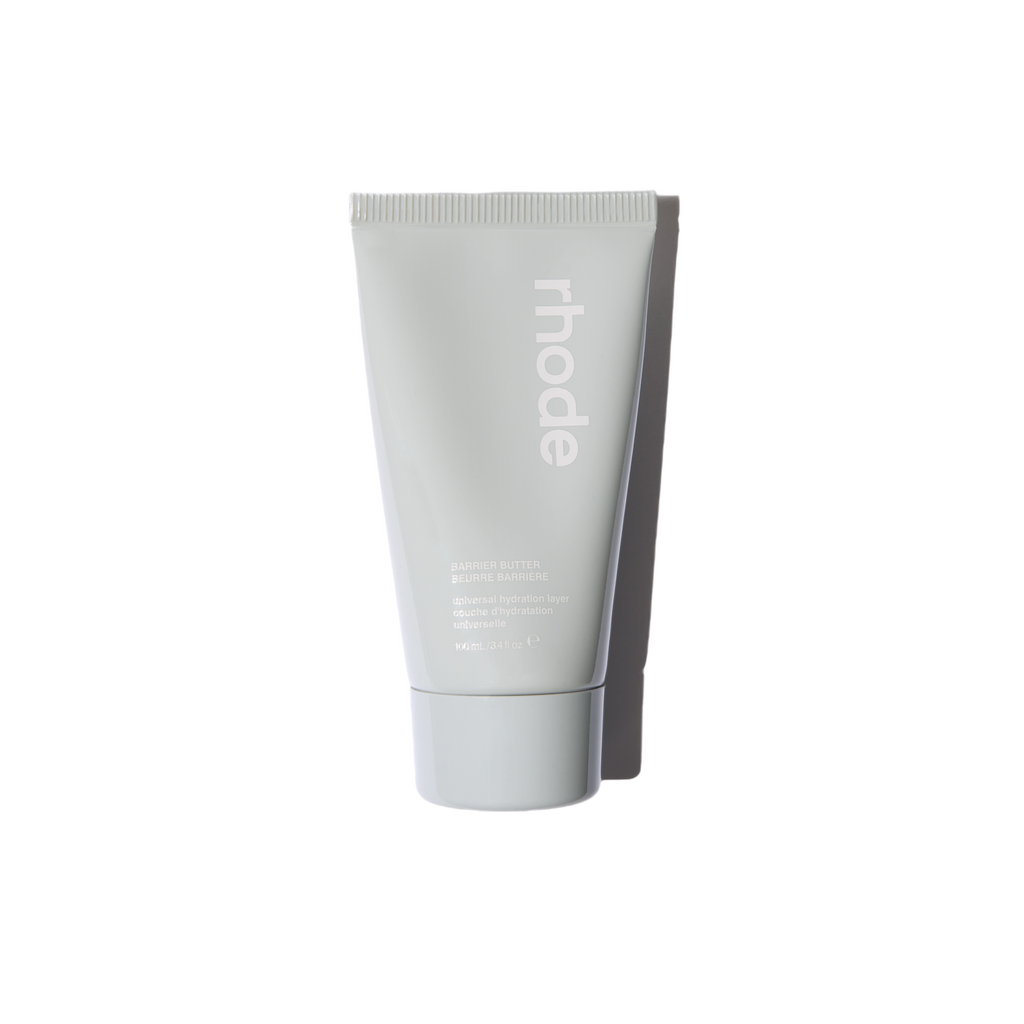I've Had Countless Experts Confirm It: This Is the Correct Order to Apply Your Skincare Products
Perfecting your skincare routine order can make all the difference. We asked an expert to break down the ideal routine for AM and PM skincare.

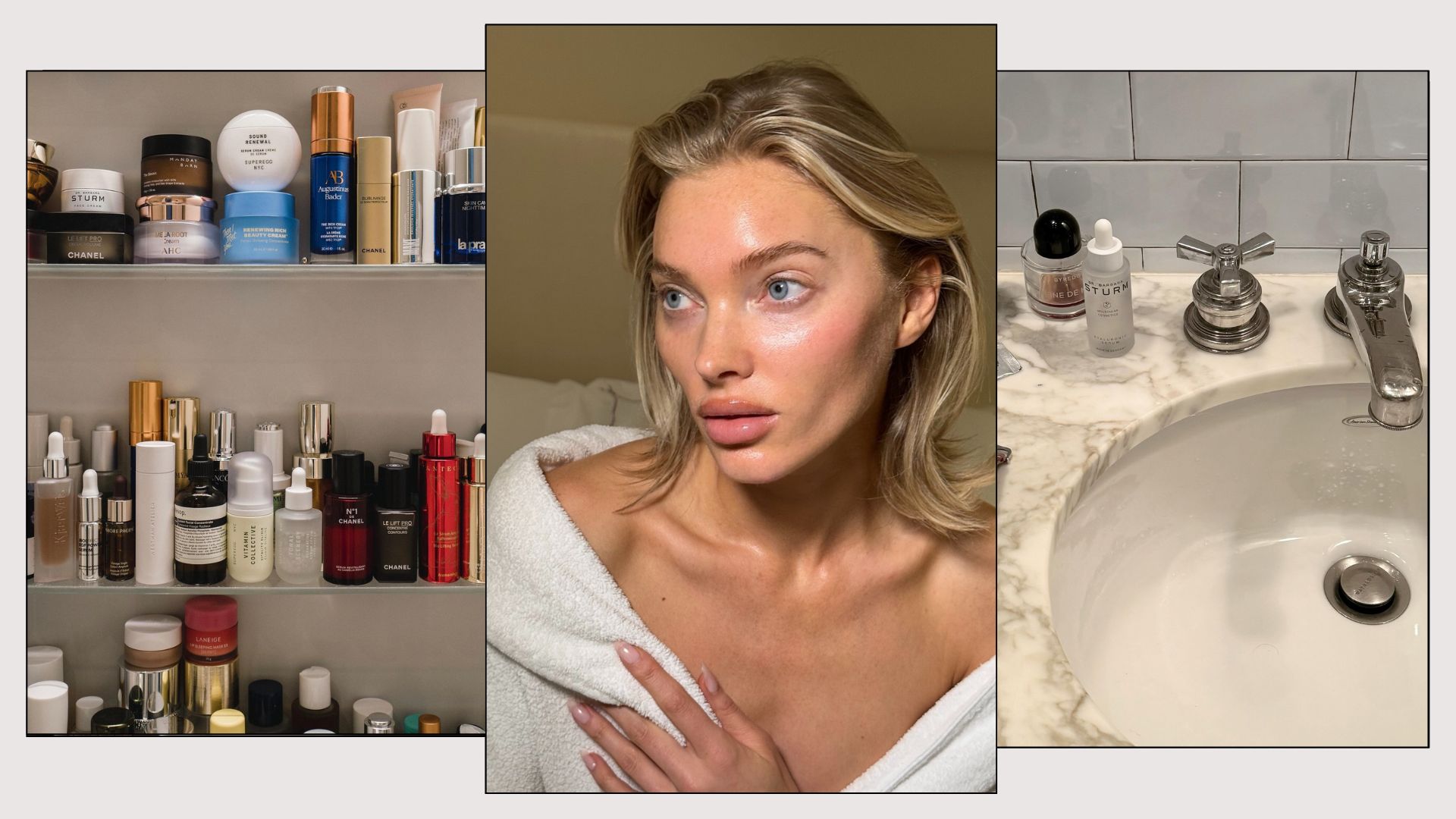
In the beauty space, skincare can often be the most confusing for many. Even as a beauty editor, it's hard for me to sift through the conflicting advice you can see flying around. Couple it with skincare trends and new beauty products cropping up every single day, and it can be all too easy to be derailed into a skincare routine that A) doesn't work for you, and B) can compromise your skin barrier. And no one wants that.
If there's one takeaway I always get from speaking to skincare experts and dermatologists as part of my job, it's that having a consistent skincare routine order is key. I know, it sounds a bit boring. But when it comes to our skin, it likes routine. And consistently using the same products, from your cleanser down to your SPF, can do wonders for your complexion. But, it's also important that we have our skincare routine order nailed, too. After all, there's no point in having a bathroom shelf full of serums and toners if we're not using them all correctly.
To clear things up, I asked Eleanor Hartley, founder and medical director of Hart Medical, to talk us through everything we should know about our skincare routine order, including your morning and evening skincare routine. Whether you're new to creating a skincare routine or a skincare devotee looking for a reset, here's how to perfect your skincare routine order.
Why Is A Skincare Routine Important?
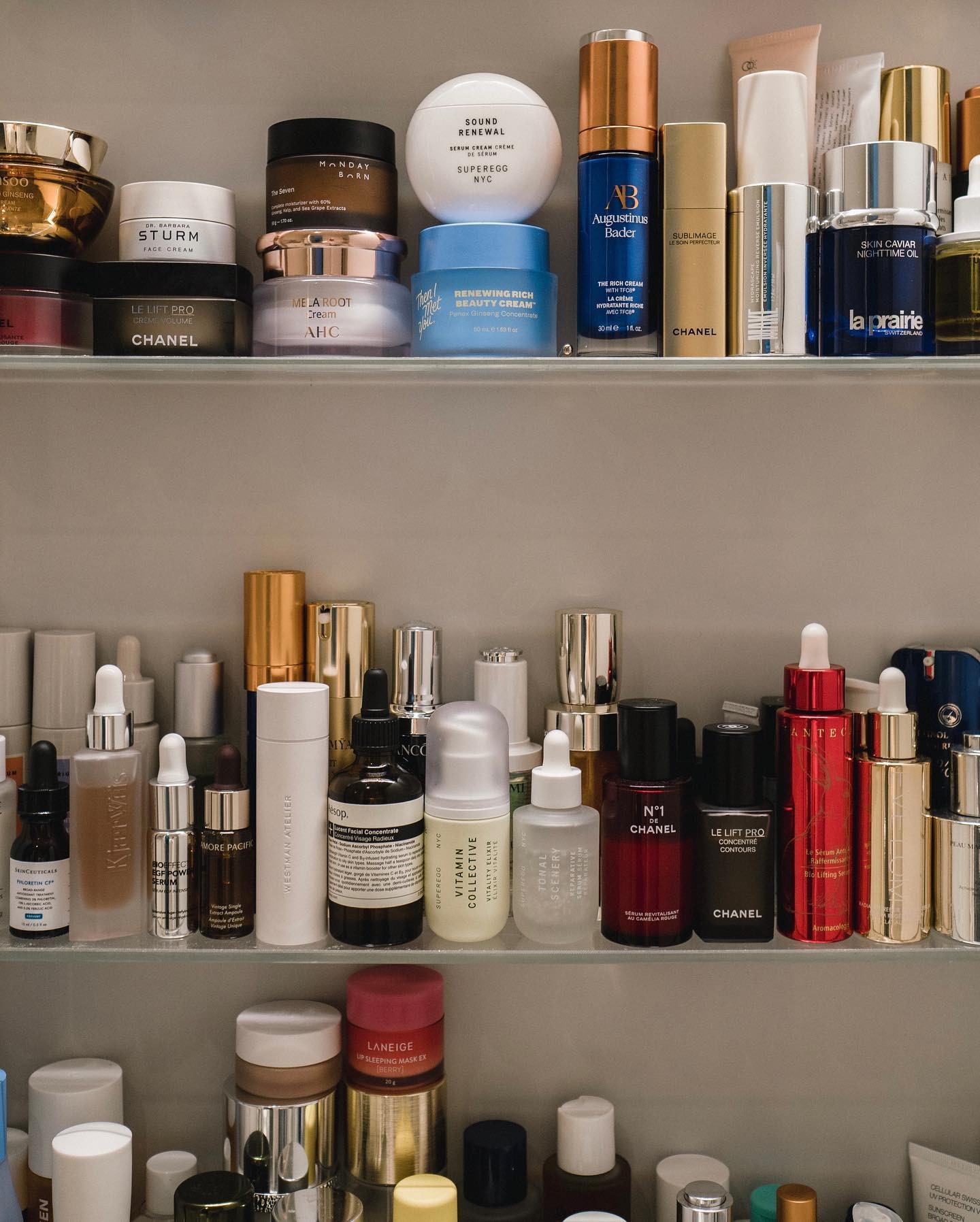
"One of the things I always iterate to patients and clients is the importance of consistency. The routine itself I care less about. Whether it’s two or twenty steps, just that you are consistent," says Hartley. "If you chop and change products too much, you’ll never end up seeing the benefits of each ingredient, and your skin is perpetually trying to adjust to different things," she says.
"A consistent skincare routine supports the skin’s barrier function, which is its primary defense against environmental stressors, pathogens and transepidermal water loss," she adds. "When the barrier is intact, inflammation, dehydration and premature ageing are reduced. A structured regimen also allows for targeted treatment, maintains skin homeostasis, optimises cell turnover and preserves long-term skin health," she says.
So, if you're wondering how to structure your skincare routine order, scroll ahead for everything you need to know.
Skincare Routine Order

Morning Skincare Routine
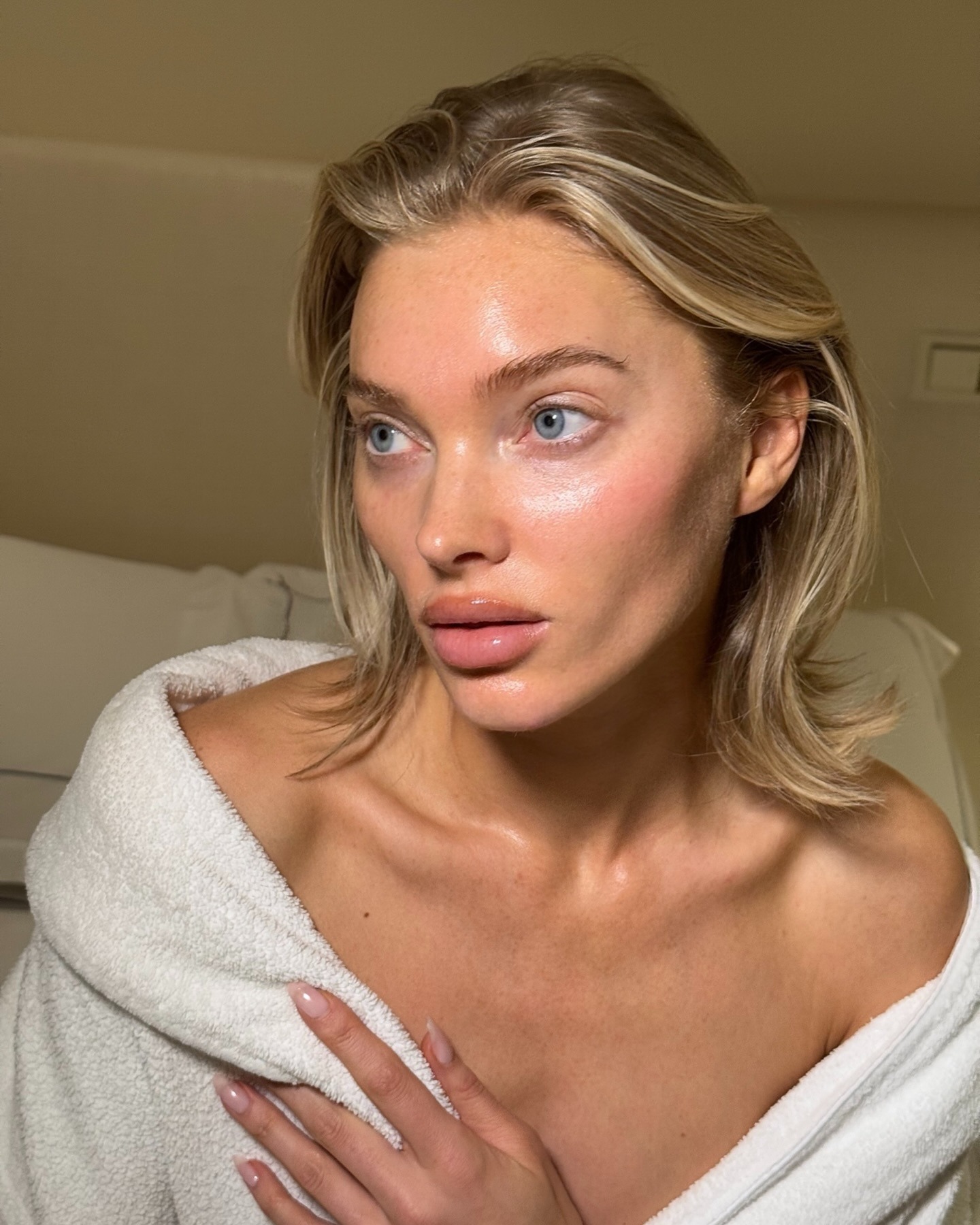
1. Cleanser
Cleansing with a face wash is the first step of your routine. "If you don’t have sebaceous or oily skin, I usually recommend skipping a morning cleanse as it can unnecessarily strip the skin. If you are more oily, then a gentle cleanse with an unfragranced cleanser with minimal acids is appropriate for the morning," says Hartley. "I recommend a spritz with a hypochlorous spray (like Clinisoothe Skin Purifier, £15), which is antibacterial and will reset your skin's pH for optimal penetration of skincare," she says.
2. Toner
This step isn't essential, but a toner can be helpful after cleansing and before using your serums. "I find that most people don’t actually know why they are toning," says Hartley. "Toners help to reestablish the skin's pH (4.5-5.5) after washing with water (7.5-8.5). This helps to prep the skin for actives and optimise penetration," she says.
For congested and acne-prone skin types, a toner with salicylic acid can help to unclog pores and can be applied by sweeping it over your skin with a cotton round. Dry skin types may prefer a milky toner, which helps to add more moisture while balancing the skin pH.
3. Serums and Actives
Next in your routine are serums, which are the powerhouse of your skincare routine and are the key step to treating your specific skincare concerns.
"Here, you can apply serums containing antioxidants, humectants or exfoliating acids," says Hartley. "A simple rule is to apply products from the thinnest to to thickest consistency, allowing each layer to penetrate effectively without obstruction," she says. "This sometimes means waiting for a product to penetrate before applying the next layer."
A vitamin C serum is a great ingredient to apply to your skin in your morning routine. "The morning non-negotiable is your antioxidant serum. This will protect the skin from environmental damage," says Hartley. Another good all-rounder is a hyaluronic acid serum, which will help to hydrate and plump the skin.
4. Eye Cream
Whether you use an eye cream really comes down to personal preference. For example, you may prefer to take your hyaluronic acid serum up to your eye area and forgo eye cream altogether. Or, you may prefer some additional hydration and benefits that an eye cream can bring to the eye area, particularly for dark circles or puffiness. If you want to use an eye cream, make sure to apply it before your moisturiser, helping the ingredients to absorb effectively.
5. Mosturiser
Next up is your moisturiser. "To hydrate and protect the skin, you can seal in moisture with a suitable emollient or occlusive," says Hartley.
Dry skin types can benefit from a moisturiser for dry skin, which is generally more creamy and heavier in texture, while those with combination and oily skin may prefer a gel moisturiser that is lighter and more mattifying. That being said, if you feel like your skin doesn't need moisturiser, you can skip moisturiser and use your SPF instead if you find it hydrating enough.
6. SPF
The last step of your morning routine should be your SPF. And this step is a non-negotiable. "SPF is the most critical step for preventing photo-ageing and oxidative stress," says Hartley. Ideally, you want to look for a broad-spectrum formula with an SPF of at least 30 or 50.
As mentioned, you can always skip your moisturiser and go straight in with an SPF after your serums if you find moisturiser and SPF too heavy together. It's all about finding a formula that you like and will enjoy wearing daily. We've found all the best ones, from SPFs for sensitive skin to SPFs for dark skin. We've listed some of our all-time favourites below.
Evening Skincare Routine
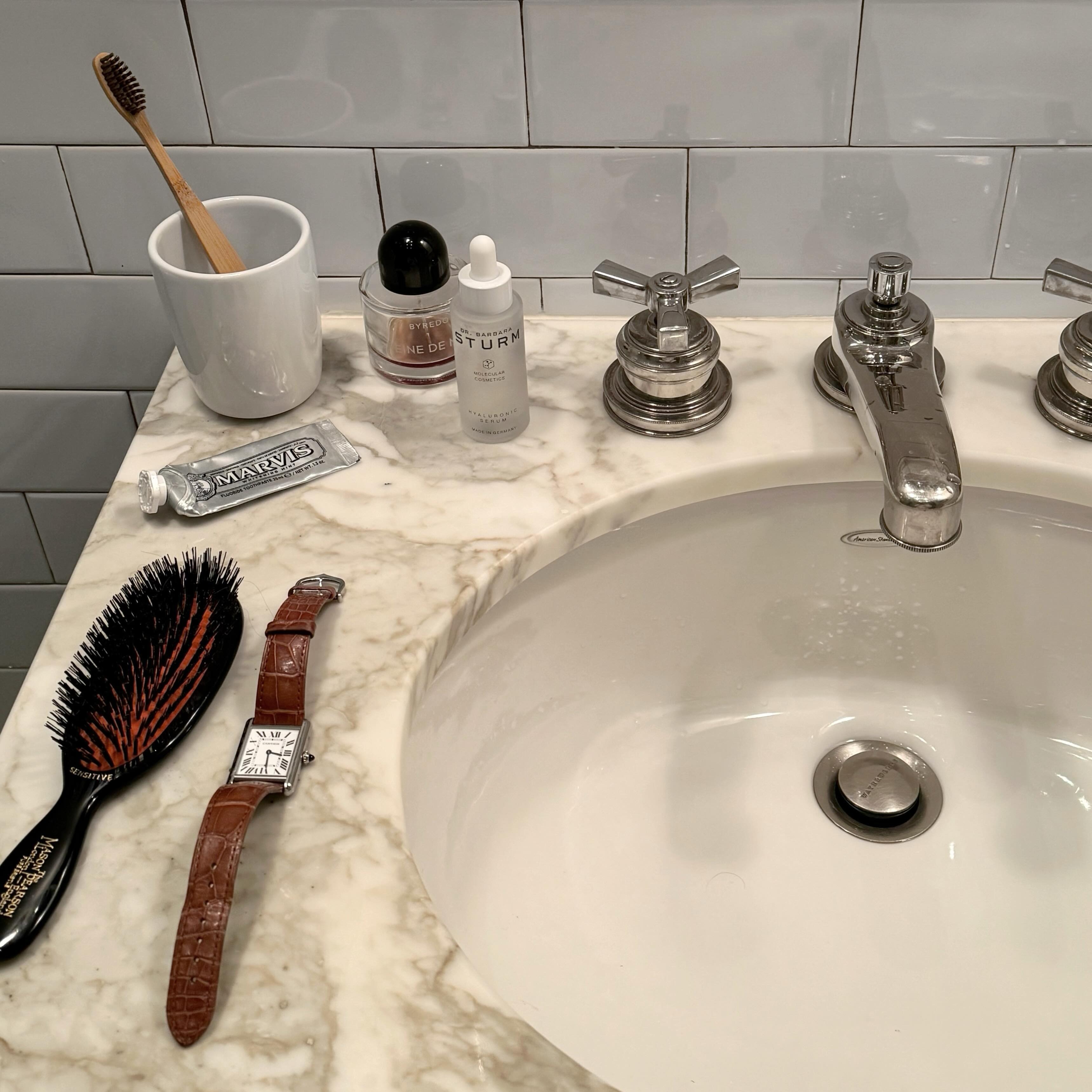
1. Makeup Remover
If you've been wearing makeup throughout the day, then this step is really important to thoroughly remove it and prevent breakouts. Cleansing balms and cleansing oils are ideal for removing heavier makeup like foundation. However, a classic micellar water will also do the job.
"The evening cleanse is important, removing makeup, impurities and the sebum buildup for the day," says Hartley. "Double cleansing or pre-cleansing with an oil isn’t necessary, but if it helps to remove makeup, that’s fine," she says. "I prefer an unperfumed micellar water for removing stubborn makeup, followed by a cleanse with gentle acids depending on your skin type to exfoliate the outer layer and break down oil in the pores."
2. Cleanser
If you're wearing light makeup (such as a skin tint or tinted SPF), you may find this step is enough to remove it. And you've forgone makeup altogether, you can go straight in with your cleanser to remove any impurities. The formulation should come down to your preferences and skincare concerns, but a gently foaming cleanser or milky cleanser is ideal to remove any excess buildup.
3. Toner
Like in your morning routine, this step isn't essential. But it can be helpful to use this as an opportunity to exfoliate with acids, or to add a layer of hydration prior to your evening serums. You can also use a hypochlorous spray at this stage if you prefer.
4. Serum and Actives
Next, you can apply your serums. While your morning serum should ideally be an antioxidant, for the evening, a retinol serum or peptide serum is a good choice to address fine lines and pigmentation.
"Apply your actives directly on cleansed (or toned) skin for optimal penetration," says Hartley. "All clinical testing of active ingredients is directly on skin ,meaning you won’t get the intended results if you layer other products first. So if you have multiple actives or serums, start in order or your key priority," she says.
5. Eye Cream
Much like your morning skincare routine, an eye cream isn't an essential, but can be helpful if you want to directly target eye concerns like wrinkles, dark circles and puffiness. Be sure to apply it before your moisturiser—not after—to ensure the ingredients absorb properly, rather than sitting on top of your night cream or moisturiser.
6. Moisturiser
"To finish your nighttime skincare routine, you can lock in your products with a light moisturiser," says Hartley. You don't have to buy a separate night cream (your usual daytime moisturiser is usually just fine); however, it can be helpful to have a more nourishing formula alongside a lightweight moisturiser to see your skin through changes in the environment and the seasons.
Why Trust Us
At Who What Wear UK, we know that beauty isn’t one-size-fits-all. Our editors have tested thousands of products, including skincare, makeup, hair and nails, over the years and work closely with trusted experts—dermatologists, make-up artists and leading industry insiders—to ensure every guide is well-researched, inclusive and relevant to you.
We focus on formulas that deliver, whether they’re affordable favourites or luxury investments. Our product selection is based on tangible results, ingredient know-how and what we’d truly recommend to a friend.

Eleanor Vousden is the beauty editor for Who What Wear UK. She was previously deputy editor at Hairdressers Journal, health writer at Woman & Home and junior beauty editor at Powder. She has also contributed to Wallpaper and Elle Collections.
With a degree in fashion journalism from the London College of Fashion, she has 10 years of industry experience and has been highly commended at the BSME Talent Awards for her work on Powder and also contributed to the title winning Website of the Year at the PPA Awards.
Eleanor’s journalistic focus is providing readers with honest and helpful beauty content. She has interviewed celebrity makeup artists, hairstylists and dermatologists throughout her career, as well as celebrities such as Hailey Bieber, Sarah Jessica Parker and Scarlett Johansson.

